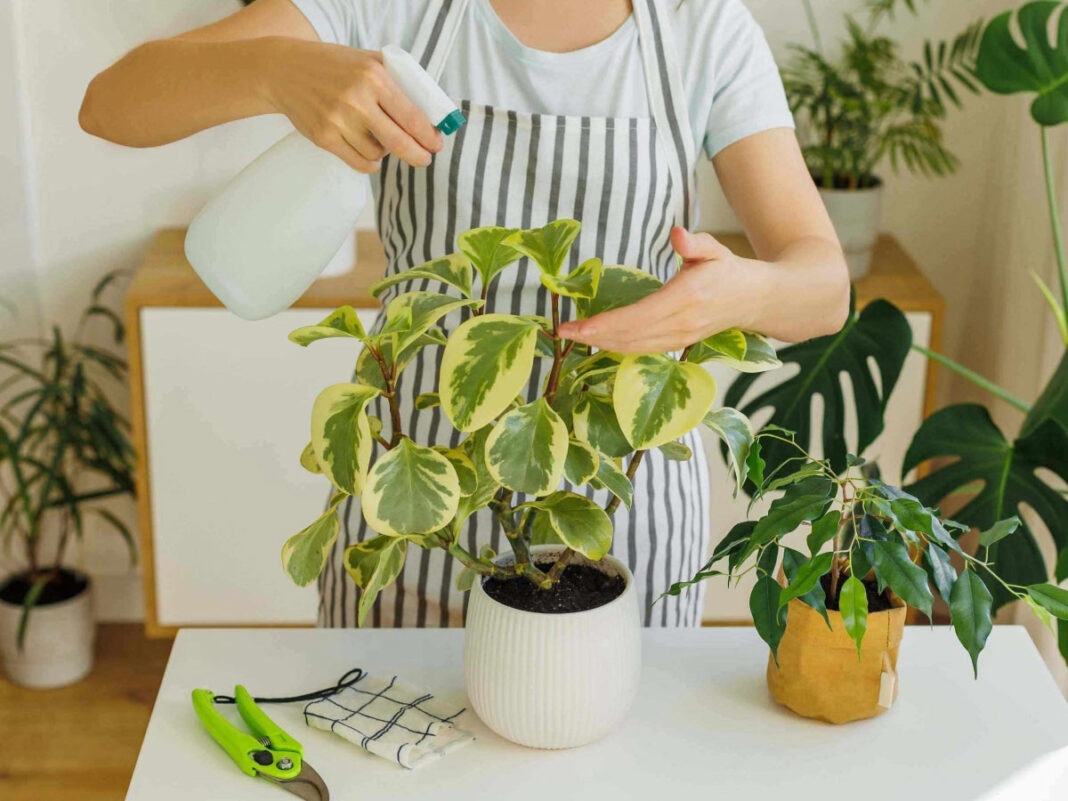Bringing a touch of nature indoors has countless benefits, from improving air quality to enhancing the aesthetic of your living space. However, the idea of caring for houseplants can be daunting, especially for those with busy lifestyles. The good news is that building a maintenance-free houseplant routine is entirely achievable with the right approach.
Choose the Right Plants for Your Lifestyle
The foundation of a low-maintenance houseplant routine starts with selecting plants that suit your lifestyle. If you’re frequently away or tend to forget about watering, opt for resilient varieties that can withstand a bit of neglect. Starting with low-maintenance plants like snake plants or pothos is an excellent way to ease into plant care without feeling overwhelmed.
Assess Your Living Environment
Understanding your home’s environment is crucial. Consider factors such as light exposure, humidity levels, and temperature fluctuations. Aligning plant care routines with personal lifestyles ensures that both you and your plants thrive. For instance, if your home has low natural light, choose plants that are adapted to such conditions, like the ZZ plant or philodendron.
Simplify Your Watering Schedule
Overwatering is a common pitfall that can lead to root rot and pest problems. To avoid this, develop a consistent watering routine that suits the needs of your plants. Many low-maintenance plants only require watering once every one to two weeks. Consider setting reminders or incorporating watering into your weekly routine to ensure consistency.
Use the Right Tools and Accessories
Investing in the right tools can make plant care effortless. Self-watering planters, moisture meters, and quality watering cans designed for indoor use can simplify the process and reduce the frequency of maintenance required.
Optimize Plant Placement
Strategically placing your plants can significantly reduce the care they need. Position plants according to their light requirements to avoid issues related to over- or underexposure. Most houseplants prefer bright indirect light, so placing them near windows with filtered light can promote healthy growth without constant adjustment.
Minimal Fertilization
Over-fertilizing can be as detrimental as neglecting to fertilize at all. Not all plants need fertilizer to thrive, especially if they are slow-growing or dormant. When you do fertilize, opt for a balanced, slow-release fertilizer and follow the recommended guidelines to prevent nutrient burn.
Delegate Plant Care When Needed
Life can get hectic, and it’s okay to seek help. If you travel often or have an unpredictable schedule, consider sharing plant care tasks with a partner or roommate. Alternatively, setting up automated systems like drip irrigation can ensure your plants receive adequate water in your absence.
Regular, Simple Maintenance
Keeping your plants healthy doesn’t require daily attention. Regular checks can go a long way. Look for signs of pests or disease, groom by removing dead leaves, and adjust plant positions if necessary. These small actions can prevent issues from escalating and reduce the need for intensive care later on.
Embrace the Joy of Plant Care
Developing a maintenance-free routine doesn’t mean eliminating all interaction with your plants. Instead, it’s about creating a sustainable, enjoyable practice that fits seamlessly into your life. Engaging with your plants can be a relaxing hobby and provide a sense of accomplishment as you watch them grow with minimal effort.
Conclusion
Building a maintenance-free houseplant routine is all about smart choices and simple practices. By selecting the right plants, optimizing your environment, and streamlining your care routine, you can enjoy the myriad benefits of indoor plants without the stress of high maintenance. Remember, even the most hands-off plants can add vibrancy and life to your home with just a little bit of love.
